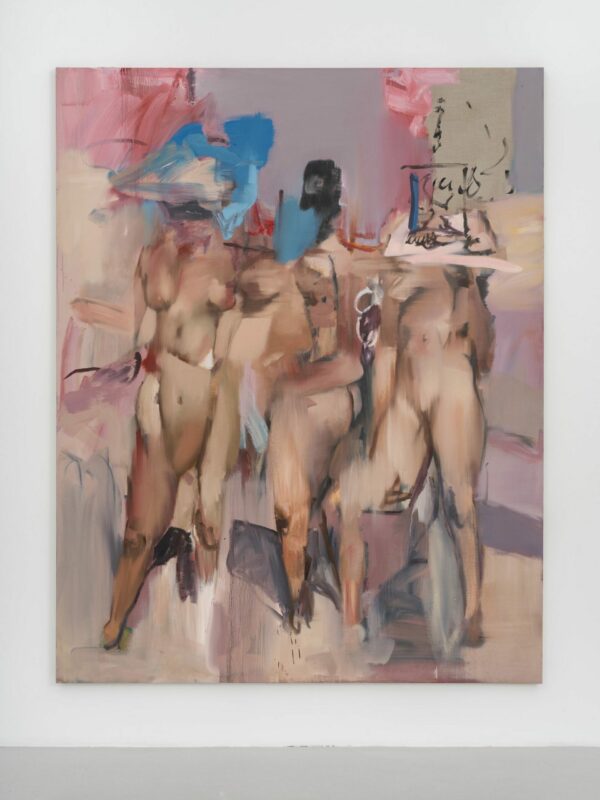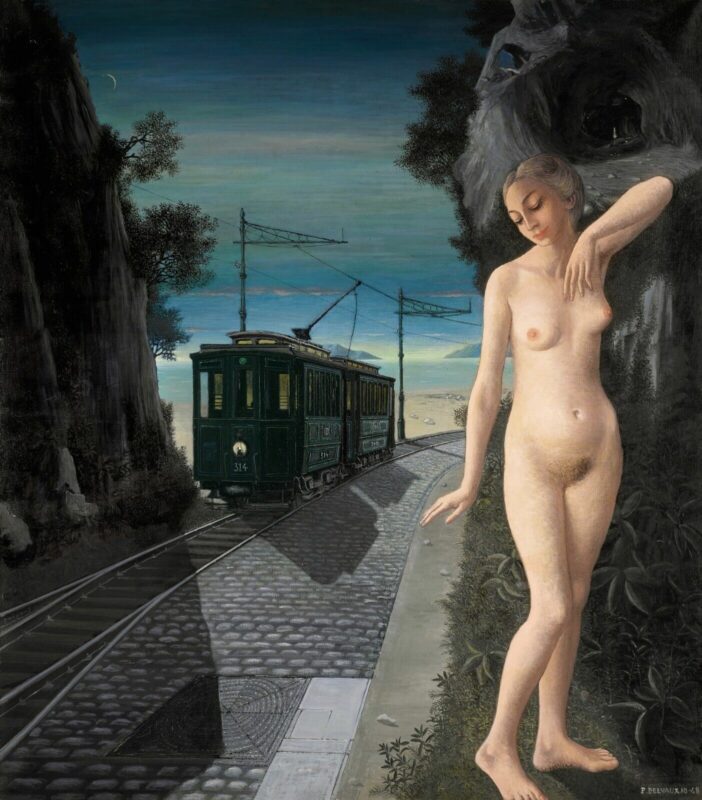BRAFA 2018 have announced Christo as their Guest of Honour for 2018. An emblematic figure of New Realism along with his late wife Jeanne-Claude, the inseparable duo has come to be known in particular for their wrapping of historic monuments and large-scale landscape installations. It is one of his historic works from the 1960s that will be presented at BRAFA 2018.

The work specially chosen by Christo for BRAFA is titled Three Store Fronts (1965-66). This sculpture was first displayed at the municipal Van Abbemuseum in Eindhoven, the Netherlands. Later it was included in the exhibition Christo and Jeanne-Claude: Early Works, 1958-69 at the Martin-Gropius-Bau in Berlin in 2001. More than 14m long and 2.5m tall, it will also be the largest work ever on show at BRAFA.
In 1963, whilst in Paris, Christo had begun making the Show Cases. He acquired small glass display cases or medicine cabinets at the flea market and turned their function around by hanging fabric or pasting paper on the inside of the panes. In some cases he illuminated the inside of the showcases with a light bulb or suggested luxurious decadence by lining the inside with satin or silk.
If the Show Cases were more like little meditations comparable to the early Wrapped Cans or Packages, the proportions of the life-sized Show Windows and Store Fronts that were created after Christo and Jeanne-Claude had emigrated to New York in 1964, recalled the gigantic dimensions of New York architecture.
Made out of architectural elements found in scrap heaps and the remnants of demolished buildings, the first Store Fronts have surfaces with a patina that exude the charm of the old and used. What Christo reveals to the observer is no more than a pretence. The display windows of the suggested stores are draped with fabric or wrapping paper and the doors are securely locked.
In 1965, a decisive change occurred in the design of Christo’s Store Fronts. The charm of hand-craft gave way to an industrial frigidity, the warm colour tones of previous Store Fronts changing into cold and clinically polished metallic surfaces. The Show Cases, Show Windows and Store Fronts have elements that have been carried throughout the artists’ career. The curtains of fabric draped on the inside of the panes can be seen as forerunners of such projects as the Valley Curtain, the Running Fence or The Gates. The brown wrapping paper that is used in some of the works anticipate the Covered Windows at the Museum Haus Lange. Also, the Show Cases, Show Windows and Store Fronts are the first works not to include wrapping. The outer structures are not hidden but function as independent sculptures. While smaller objects were prevalent in the early 1960s, from 1964 Christo and Jeanne-Claude’s interest turned into altering whole rooms and environments.
BRAFA – Brussels Art Fair – 27th Jan – 4th Feb 2018
Avenue du Port 88 – 1000 Brussels www.brafa.art
About The Artist
Christo is the artist’s name used to identify the joint work of Christo Vladimiroff Javacheff and
Jeanne-Claude Denat de Guillebon. Born on the same day (13 June 1935), Christo in Gabrovo, Bulgaria and Jeanne-Claude in Casablanca, Morocco, they became one of the world’s most renowned contemporary artist couple, famous in particular for their wrapping of objects, monuments and landscapes.
Christo Javacheff had a difficult childhood marked by war and the repression of the Communist regime, which influenced his work as an artist. From 1953 to 1956, he studied painting, sculpture and architecture at the National Academy of Fine Arts in Sofia. In 1956, he fled his country because of the political situation and ultimately settled in Paris in 1958. There he met and married Jeanne Claude Denat de Guillebon, a young philosophy graduate. They decided to engage in an artistic collaboration. Christo is the artist, and his wife the organiser. In 1963, they were connected with the New Realists group, which included Arman, César, Raymond Hains, Yves Klein, Mimmo Rotella, Niki de Saint Phalle, Jean Tinguely, etc. They moved to New York in 1964 and became American citizens. They continued to practice wrapping as a symbol of taking possession of space and of the ephemeral as an aesthetic dimension. The artists considered that they were giving “a new sculptural dimension” to the objects, monuments and landscapes they appropriated, covered, cut out and coloured. They financed all their installations by selling the preparatory studies and drawings.
Among their most famous works are the Valley Curtain, Rifle, Colorado (1972), the wrapping of the Pont-Neuf in Paris (1985) and of the Reichstag in Berlin (1995), The Gates, Central Park, New York City (1979-2005) and The Floating Piers, Project for Lake Iseo (Italy, 2014-16). Jeanne-Claude died in November 2009 in New York. www.christojeanneclaude.net







